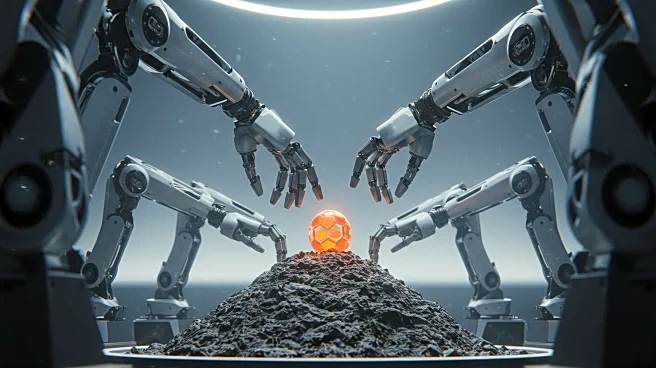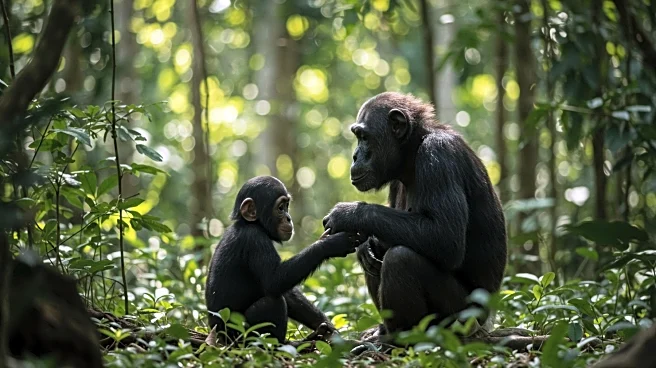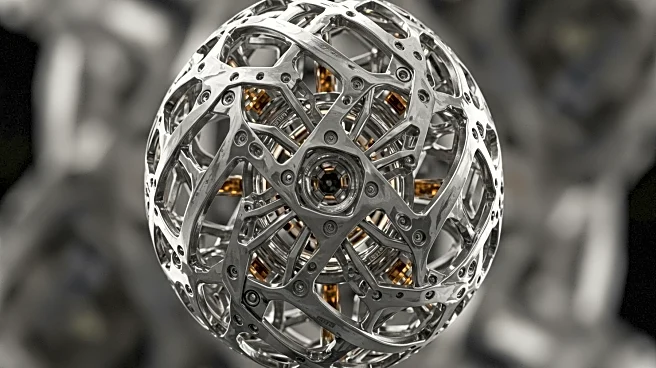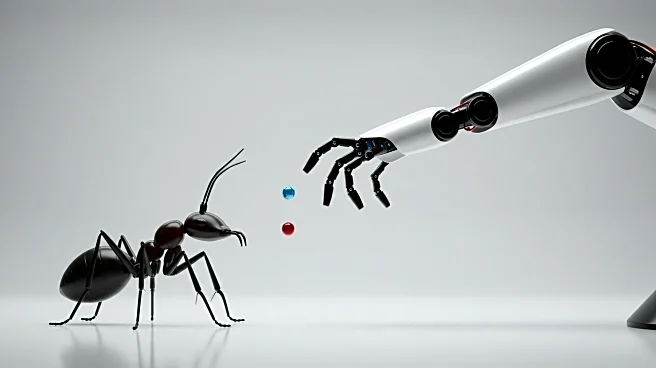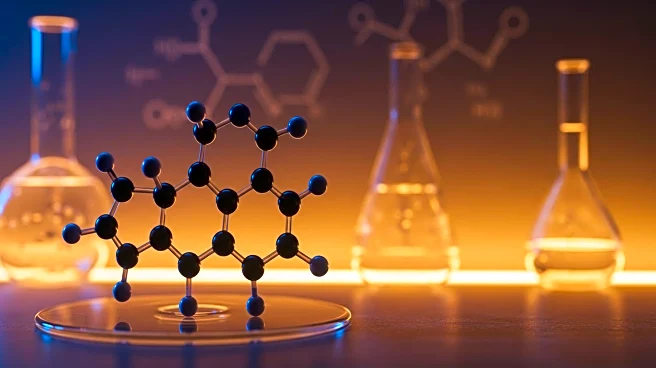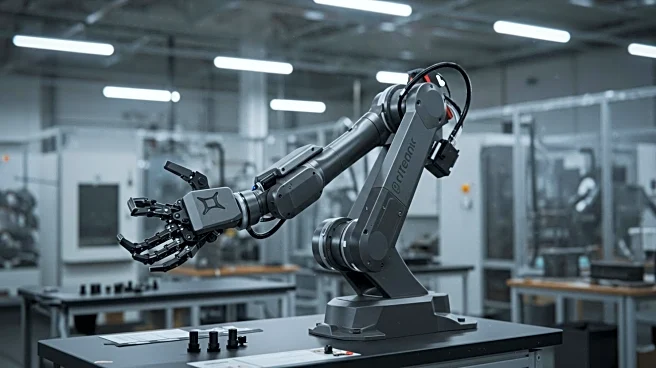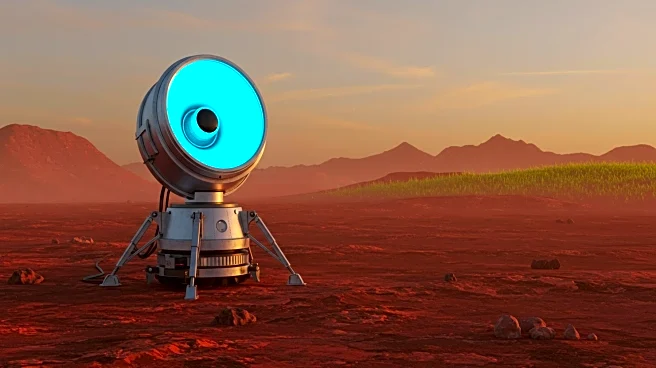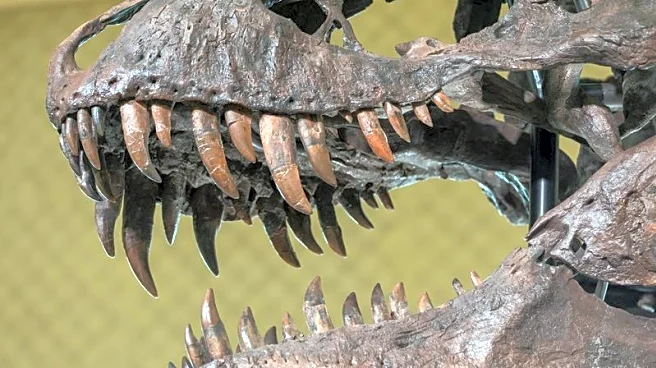Rapid Read • 8 min read
A study published in the journal Current Biology reveals that Asian weaver ants exhibit superior teamwork compared to humans, potentially offering insights for robotic design. Researchers, including Madelyne Stewardson from Macquarie University, investigated the Ringelmann effect, which suggests that individual effort decreases as team size increases. However, the study found that ants defy this effect, with each ant doubling its pulling force as team size grows. The ants organize into chains, with some pulling and others anchoring, effectively storing force and working like a ratchet. This discovery highlights the ants' ability to enhance individual contributions within larger teams.
AD
The findings from this study could have significant implications for the development of autonomous robotic teams. By adopting ant-inspired cooperative strategies, robots could potentially work together more efficiently, achieving more than the sum of their individual efforts. This could lead to advancements in robotics, particularly in fields requiring collaborative efforts, such as construction, search and rescue operations, and space exploration. The study underscores the potential for biological systems to inspire technological innovations, offering a new perspective on enhancing teamwork in artificial systems.
The research team suggests that programming robots to mimic the cooperative strategies of ants could be a next step in robotics development. This approach could lead to more efficient robotic teams capable of complex tasks. Future studies may focus on implementing the force ratchet theory in robotic design, testing its effectiveness in various applications. Additionally, further exploration into other biological systems could provide additional insights for improving robotic teamwork and efficiency.
The study not only challenges existing assumptions about teamwork but also opens up discussions on the ethical implications of biomimicry in technology. As robots become more autonomous and efficient, considerations around their role in society, potential job displacement, and ethical programming become increasingly important. The integration of biological strategies into technology also raises questions about the balance between innovation and the preservation of natural ecosystems.
AD
More Stories You Might Enjoy


